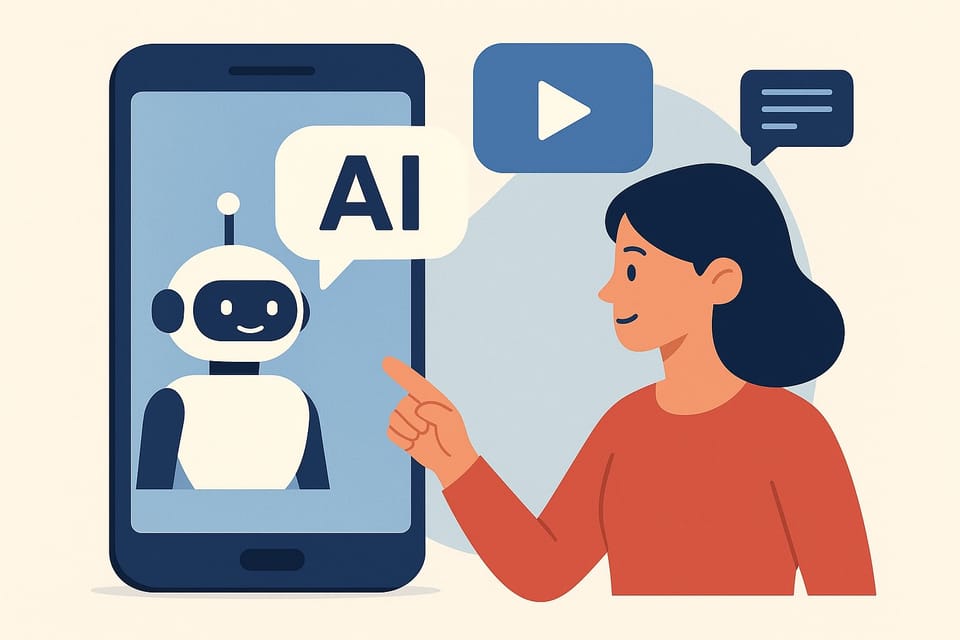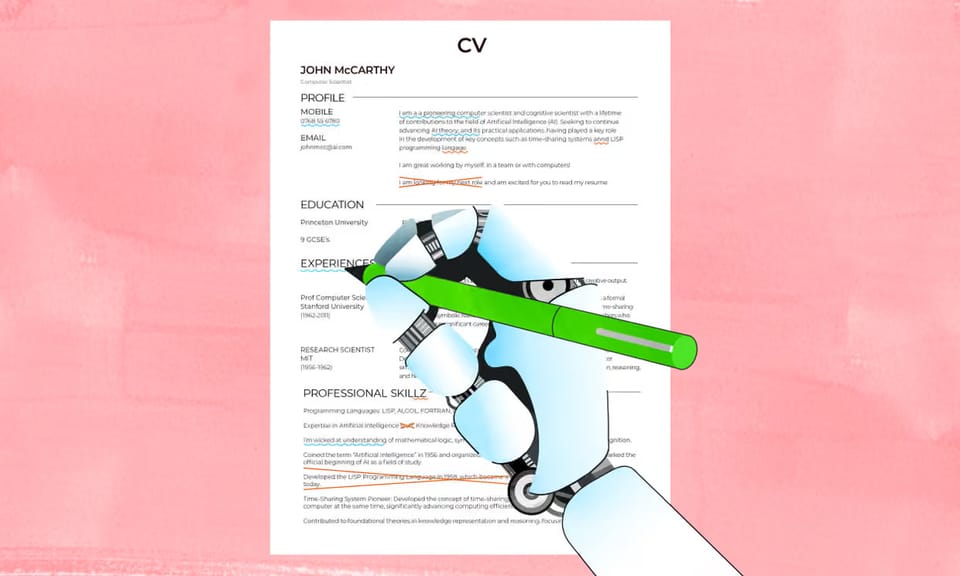Should Covering a Protest Come with a Bullet Wound?


From wild protests to wild punchlines, here’s what’s making headlines:
- Reporters injured as protests erupt
- Kevin Hart's jokes; lawsuits, and warnings at the BET Awards
- A Costco trip turns into a $14M brain injury case
Plus, the surprising ways AI is stepping into the chaos
Let’s dive in.
Social
Briefing: Big protests happened in Los Angeles after the U.S. government arrested lots of people over immigration. Police used rubber bullets, and some reporters got hurt and stopped while doing their jobs.
Details: It started when ICE (Immigration and Customs Enforcement) arrested over 100 people in the city. Then, the U.S. president sent soldiers and National Guard troops to help control the protests. Some reporters were in the middle of the protests and got hurt.
A reporter from Australia got hit in the leg by a rubber bullet while she was live on TV. A photographer was also hit in the head. Another news team from CNN was stopped by police and told to leave, but they weren’t arrested. Leaders in California said the use of soldiers was too much. Australia's leader Anthony Albanese also spoke out and said hurting the reporter was not okay.
Why It Matters: This shows that immigration rules can lead to big fights in cities. When reporters get hurt or stopped, it can make it harder for people to know what’s really happening. It also shows there’s a big argument between the U.S. government and California about how much power each one has. (USA TODAY)
AI could have offered two key protections during the LA protests: first, real‑time crowd and threat detection via AI platforms like BriefCam’s video analytics or Dataminr’s social alert tools could have flagged zones where reporters were at risk, helping police avoid dangerous actions.
Second, automated fact‑checking and disinfo detection from companies like Logically, Cyabra , and systems like Full Fact, Google Fact Check could have stopped the spread of false narratives. These AI systems are already in use, though broader deployment during protests remains limited. (BriefCam)
Entertainment
Could Kanye Turn the BET Awards Into Chaos?

Briefing: Kevin Hart opened the 2025 BET Awards with a comedy monologue that joked about some big names in music like Kanye West, Diddy, and Cardi B. He mixed humor with some serious jabs, touching on legal troubles, wild party rumors, and celebrity drama.
Details: Hart started by joking that the show was held on a Monday to avoid the usual wild after-parties. Without naming names, he made it clear he was talking about Diddy and the serious legal cases he’s currently facing. He also joked that guests would be leaving in driverless Waymo cars so no one could be bribed for a ride to the party.
He took a shot at Cardi B and her boyfriend Stefon Diggs, referring to a yacht party over Memorial Day weekend where a suspicious pink powder was spotted. Hart also brought up Kanye West, pretending he got a warning text not to let Kanye into the event hinting at his past outbursts. Before ending, Hart gave a shoutout to top female rappers like Cardi B, Megan Thee Stallion, Latto, and Doechii, saying they’re leading the game right now.
Why It Matters: This moment shows how award shows are being used not just to celebrate music but also to comment on current events and celebrity issues. Hart's jokes called attention to serious topics without saying too much, while also recognizing how women are taking over the spotlight in hip-hop.(Y!Entertainment)
Can AI stop things from going wrong on stage? And can it tell if a crowd is about to get wild? The answer is yes. Tools like WebPurify and Lasso can watch and listen to live shows to catch bad behavior or dangerous moments. Scientists have also made AI that can spot people pushing or acting out in crowds before it gets serious. So, while Hart was joking, AI could actually help stop real problems during live events. (Digital Tools Mentor)
Legal
Would You Expect to Suffer Permanent Injuries Just by Shopping at Costco?
Briefing: On March 22, a California shopper, psychotherapist Sadie Novotny, was hit by a liquor cabinet display that fell on her inside the Santa Rosa Costco. She's now suing Costco for over $14 million, claiming the accident left her with permanent injuries including a traumatic brain injury.
Details: Novotny filed the lawsuit on April 29, first in Alameda County Superior Court before Costco moved it to federal court. According to the suit, the liquor cabinet had “thin legs” and was sitting on a worn pallet, making it dangerously unstable and poorly maintained. When the cabinet started to topple, Novotny tried to steady it, but it pinned her down causing lasting injuries, including traumatic brain damage.
She’s now seeking about $5 million each for physical pain and emotional distress, $100,000 for medical bills and lost income so far, and an additional 4 to 6 million dollars for future costs and lost earnings. The lawsuit claims Costco was negligent in how it displayed merchandise and trained its staff. A case management meeting is scheduled for September.
Why It Matters: The case highlights the dangers of unstable floor displays and raises questions about retailer safety rules, with the $14 million claim setting a high bar that could impact store display practices nationwide and influence future injury lawsuits. (mint)
As retailers look to improve safety, many are turning to AI-powered computer vision like OpenCV and TensorFlow to detect hazards in real time, with some chains reporting significant results. Lowe’s, for example, reduced slip-and-fall incidents by over 60% after deploying AI cameras in stores. AI-driven analytics are also being used to monitor aisle safety and flag unstable displays before accidents happen. As this lawsuit plays out, such technologies could play a bigger role in how retailers manage in-store safety moving forward. (Alignminds)
*Disclaimer: The content in this newsletter is for informational purposes only. We do not provide medical, legal, investment, or professional advice. While we do our best to ensure accuracy, some details may evolve over time or be based on third-party sources. Always do your own research and consult professionals before making decisions based on what you read here.




